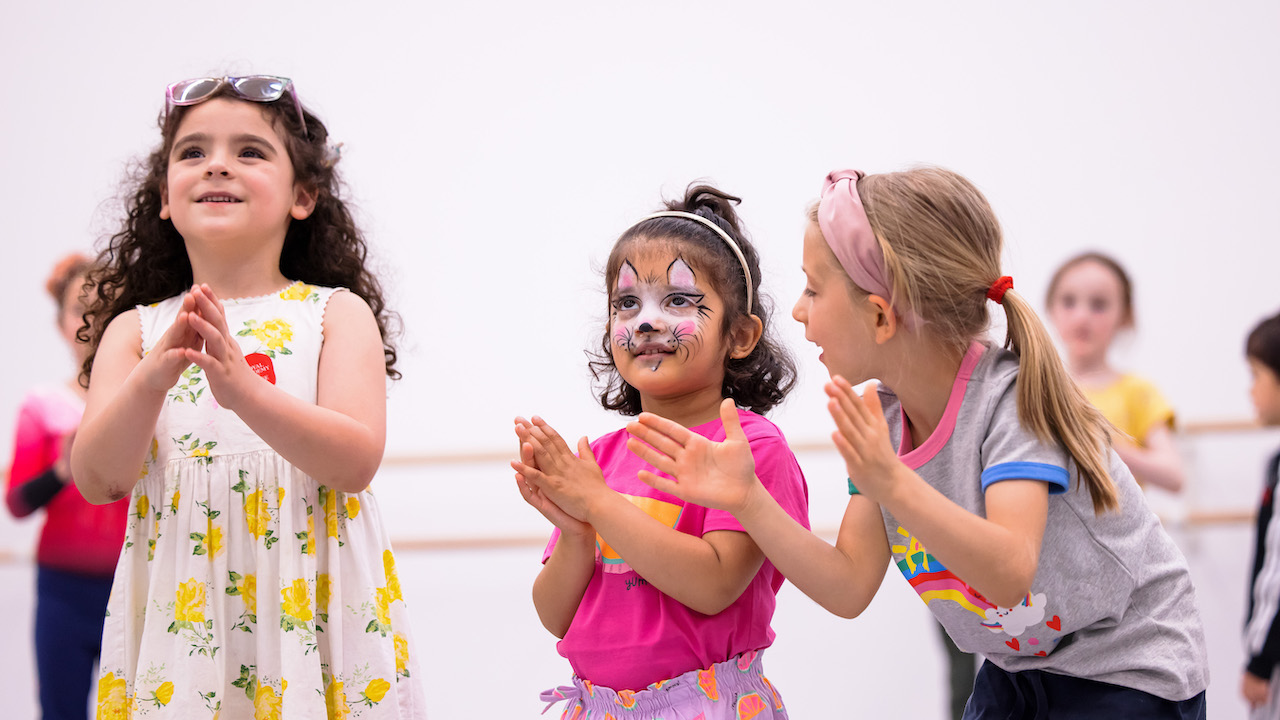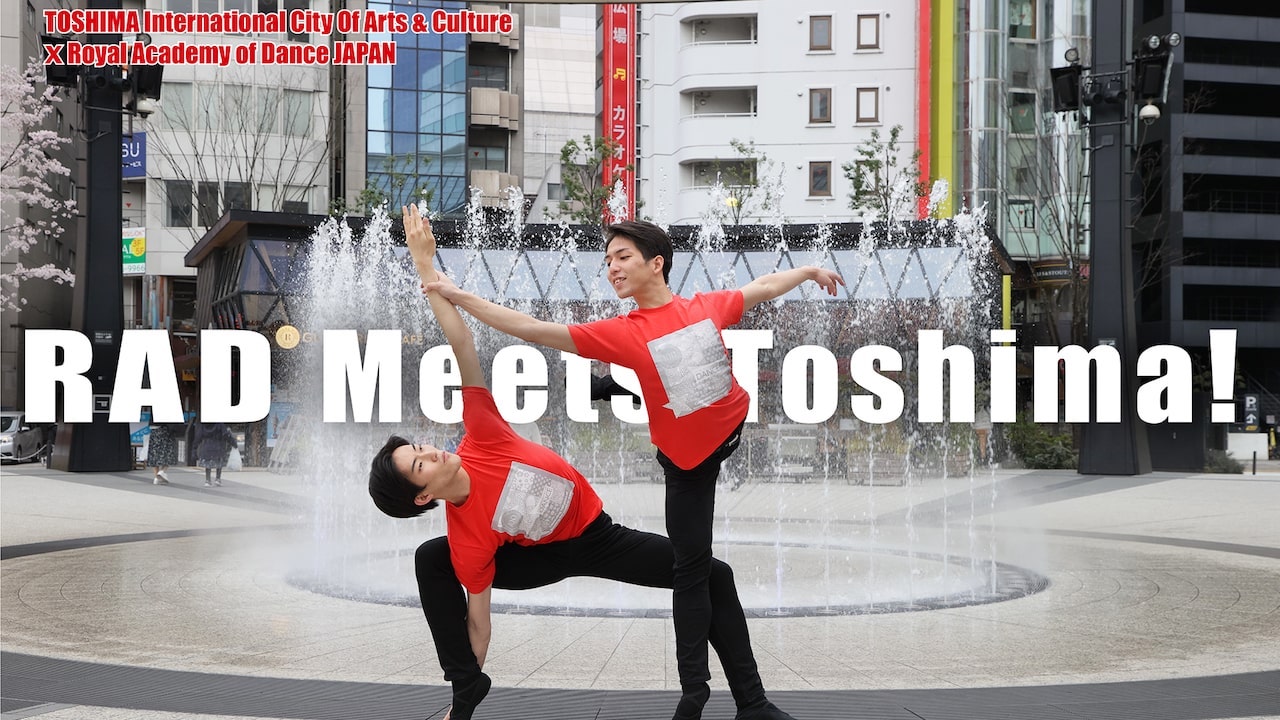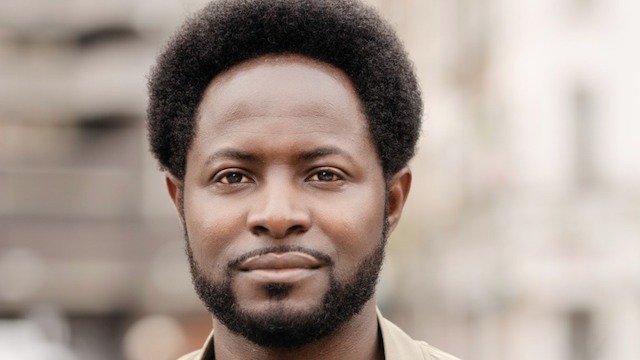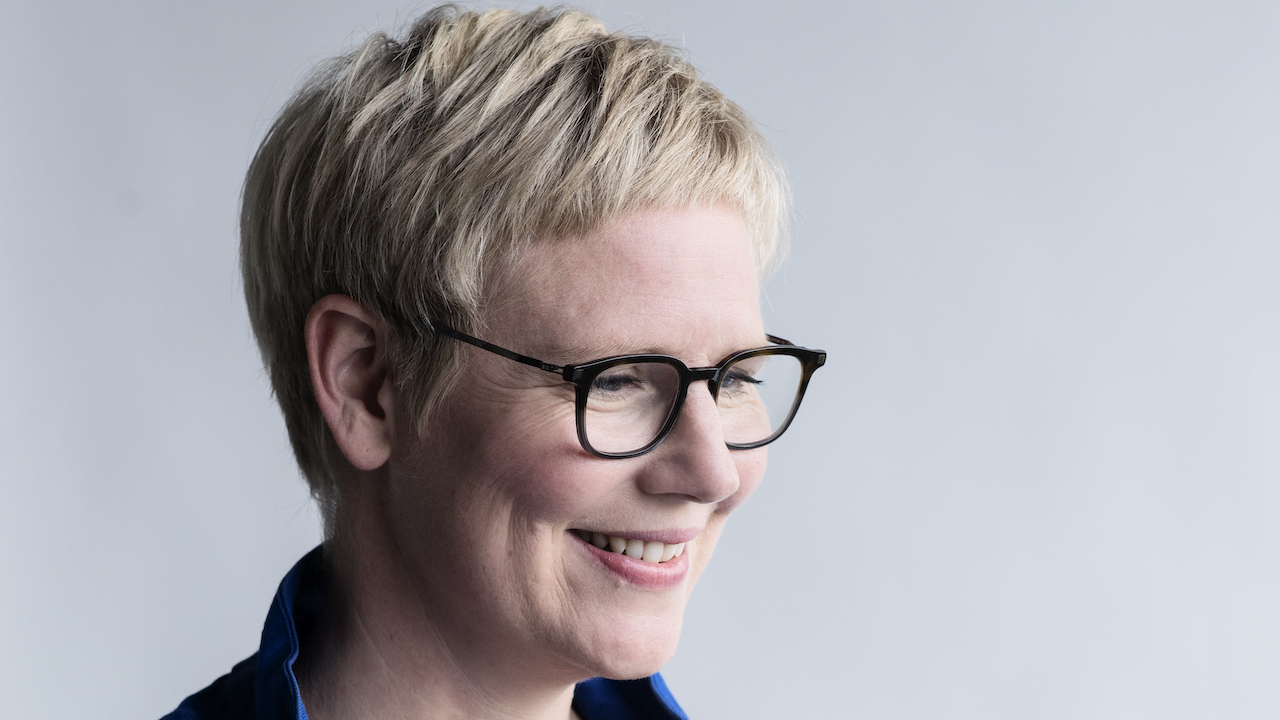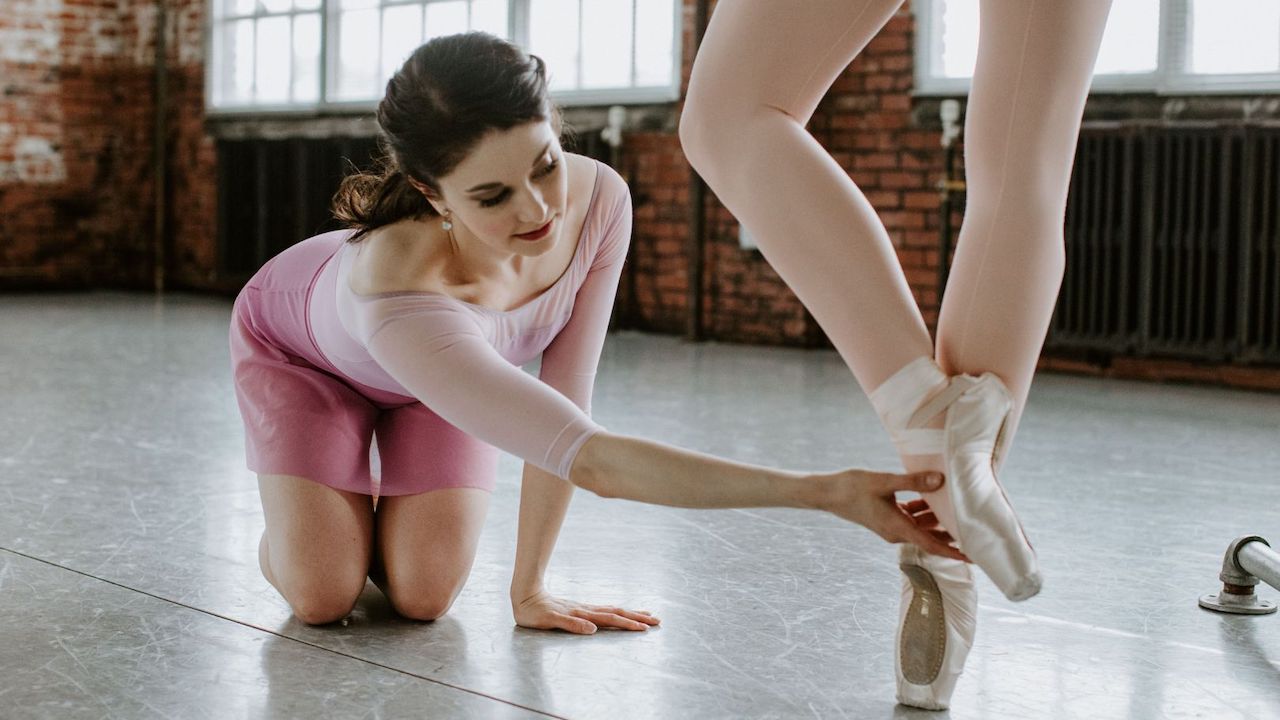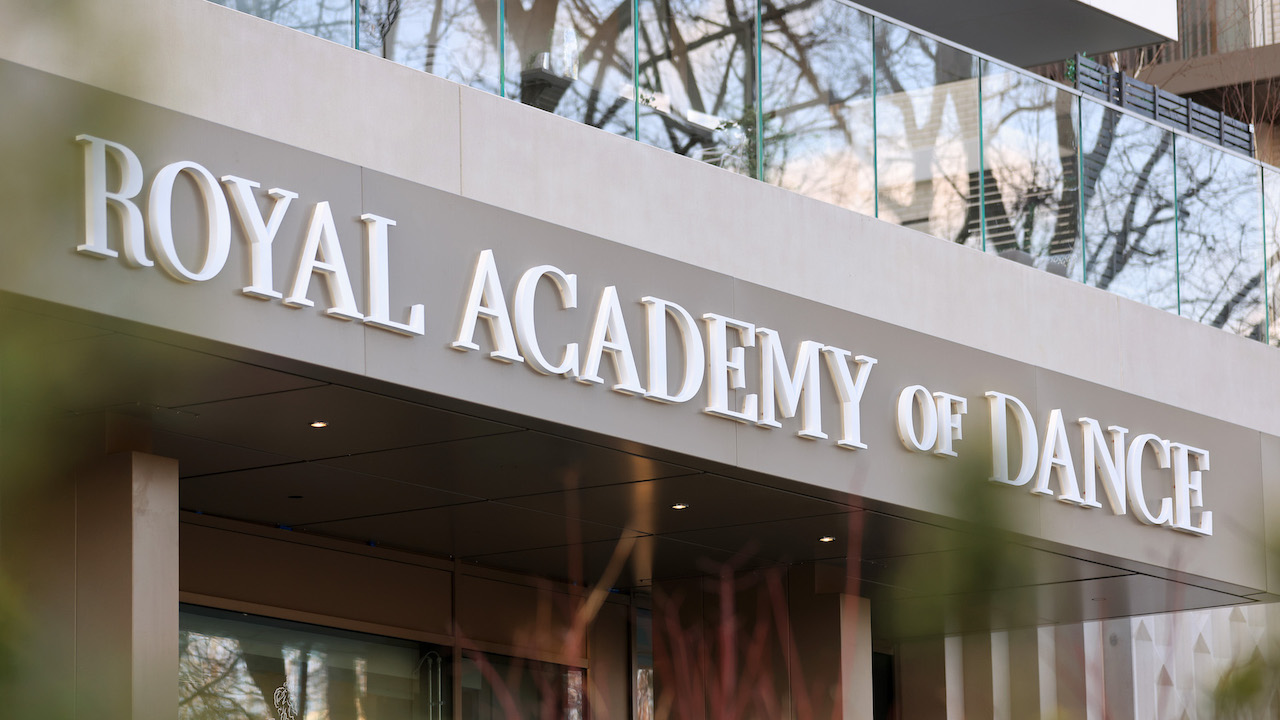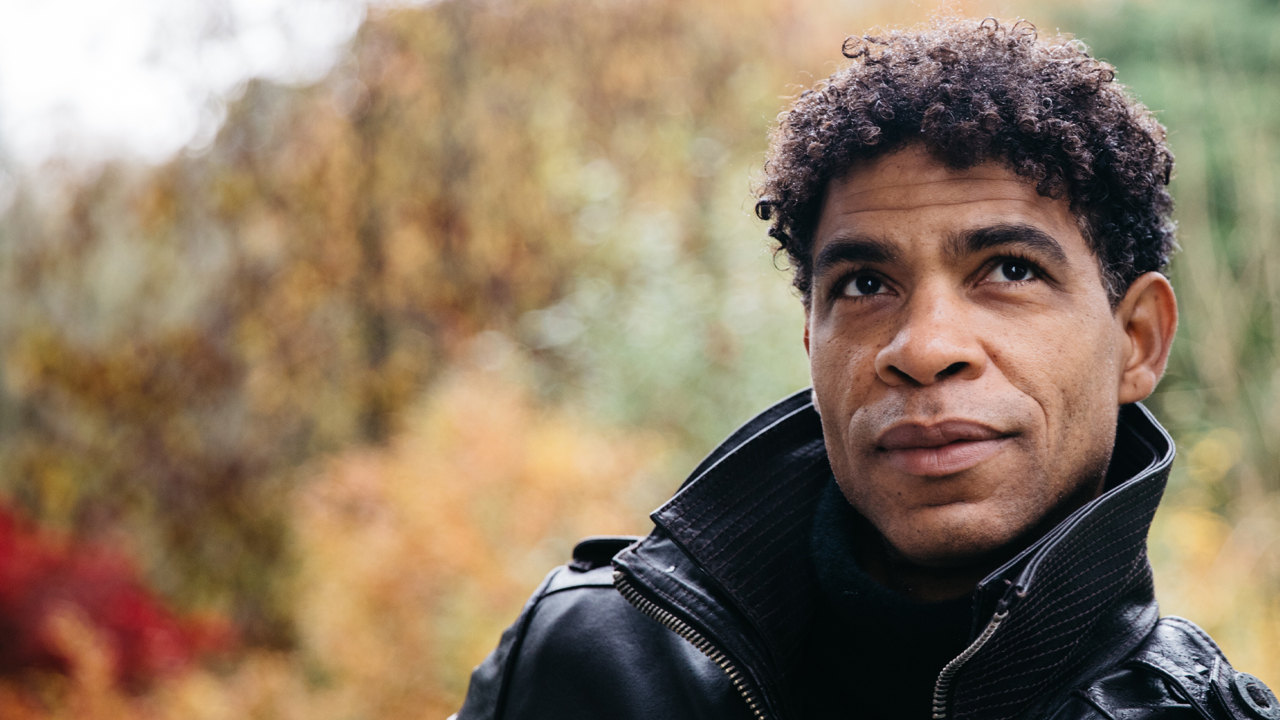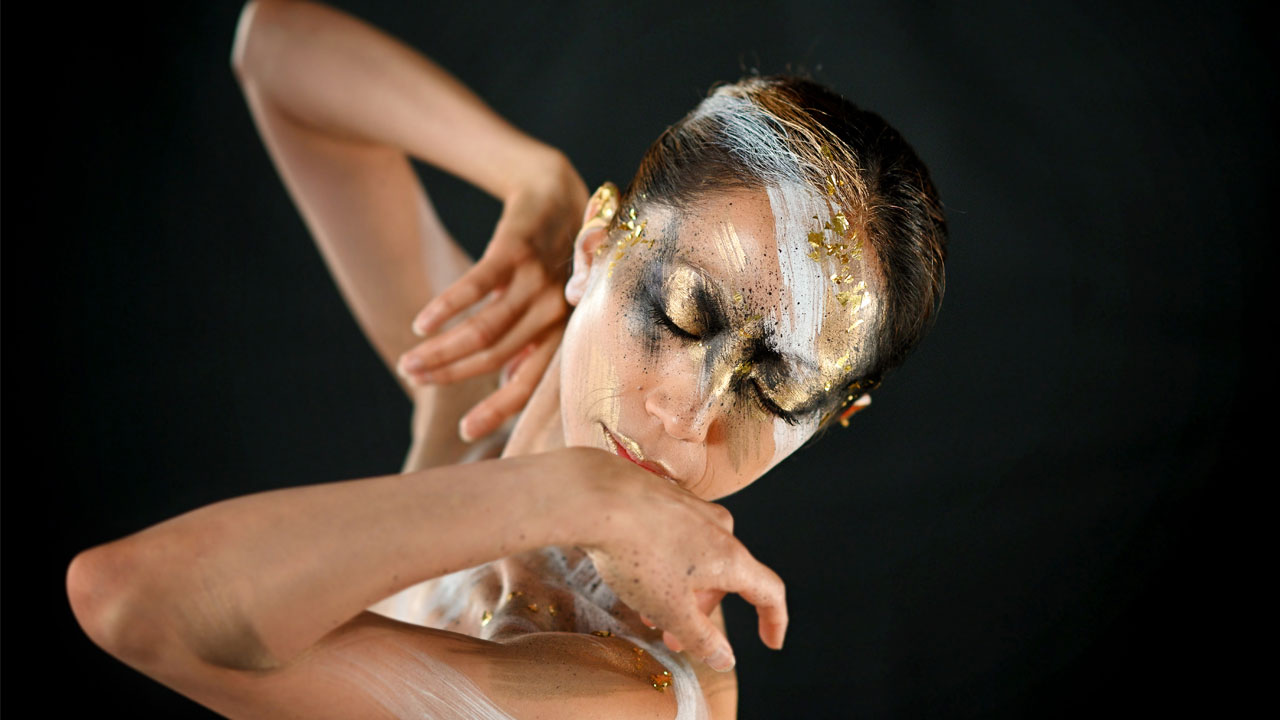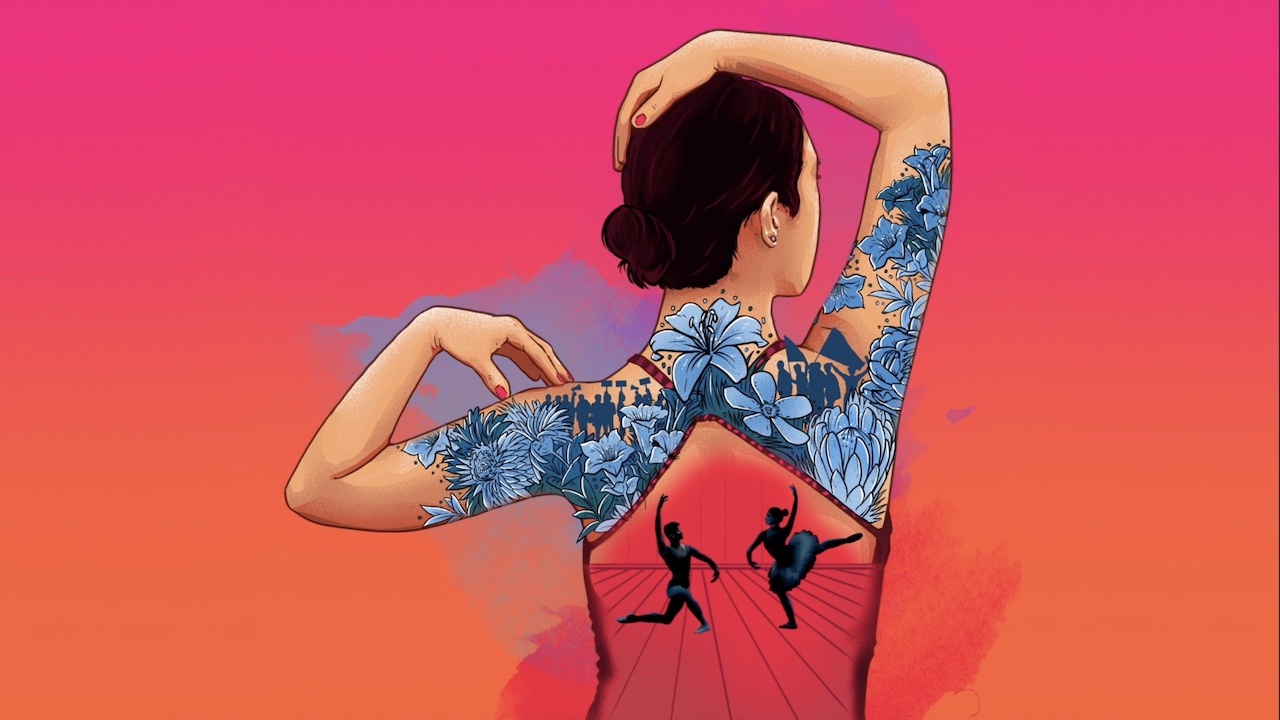Steven McRae and Céline Gittens at RAD headquarters in London. Film: Helen Murray for Dance Gazette
Issue 5 – October 2022
My first RAD event, back in 2005, was the Genée International Ballet Competition at Sadler’s Wells in London. Despite many striking candidates, when it came to voting for the Audience Choice award, there was one standout dancer – Céline Gittens from Canada who showed remarkable poise and artistry in her variation from Giselle. She won both the audience’s and the judges’ hearts.
My first RAD event, back in 2005, was the Genée International Ballet Competition at Sadler’s Wells in London. Despite many striking candidates, when it came to voting for the Audience Choice award, there was one standout dancer – Céline Gittens from Canada who showed remarkable poise and artistry in her variation from Giselle. She won both the audience’s and the judges’ hearts.
Three years earlier, in Sydney, the buoyant Australian Steven McRae was the eye-catching gold medallist, and for both dancers the RAD threads through their dancing lives. Each has forged an impressive career in the UK: Céline with Birmingham Royal Ballet and Steven with the Royal Ballet. Although their lives have run so much in parallel, to my surprise these elegant principals had never met until we brought them together at the new RAD headquarters in London.
Each is now an RAD Ambassador, exploring the Academy’s international reach and what dance students need from RAD teachers. As our cover film shows, they had a lot to talk about. They discuss their beginnings, hopes and challenges – and we hear that Steven too was in the audience for Céline’s Genée triumph. ‘I hope you voted for me!’ she says.
In this issue, you’ll also find lively articles on happiness, RAD teachers moving across the world and the irresistible lure of K-pop. We also feature Ukrainian dancers and students building new lives after the terrible invasion of their country – some with the help of RAD teachers. I do hope you enjoy it.
David Jays
Editor
Queen Elizabeth II
Queen Elizabeth II, the UK’s longest-serving monarch, died on 8 September aged 96, after reigning for 70 years. She had been Patron of the RAD since 1953.
Ambassadors assemble
The RAD has been part of dancing life for both Céline Gittens and Steven McRae, from early steps to becoming principal dancers. Now, as the RAD’s new ambassadors, they share experiences.
Happiness. Inc
What makes a happy organisation? As the RAD asks its members how they feel about the Academy, Ella Satin explores what makes for a happy company or workplace.
Home and away
Teaching is a portable skill, one that can carry you across the world. Jane Albert meets RAD teachers who have made new lives in completely new countries.
Safe spaces
Isaac Ouro-Gnao meets ballerinas and young dancers from Ukraine who have fled the Russian invasion and are building new lives.
Permission to dance
K-pop’s high-concept dances have conquered the world from their native Korea. In Seoul’s dance studios, David D Lee meets both tourists and students determined to break into the industry.
Dance on prescription
Can dance help both patients and healthcare professionals? Rosemary Waugh investigates.
SHORT READS Issue 5 – October 2022
Art at any price
Gerard Charles, the RAD’s Artistic Director, argues that arts education is being undervalued.
Read more
Open city
RAD Japan has collaborated with Toshima International City Of Arts & Culture on a vibrant new photo project.
Read more
Stepping out
Step Into Dance held its first festival for three years at London’s Cadogan Hall.
Read more
Freddie Opoku-Addaie
Say no with the same conviction as yes! Freddie Opoku-Addaie of Dance Umbrella shares his best advice.
Read more
Charlotte Darbyshire
The artistic director of Candoco chooses music with special memories for her.
Read more
Kathryn Morgan
American ballerina Kathryn Morgan on ballet, body shaming and the joy of dance.
Read more
Lizeth Leonhardt Avalos
Lizeth Leonhardt Avalos won the RAD Members’ Photo Competition with a picture of her daughter. The Mexican ballet teacher discusses her journey into teaching, the RAD teachers who influenced her and starting a new life in Canada.
Read more
MORE ISSUES
HOME
Issue 4 – June 2022
Celebrating the official opening of the RAD’s new London home, we mark this landmark by asking: what makes dance feel like home?
CLASSIC CARLOS
Issue 3 – February 2022
Few dancers delight a theatre audience like Carlos Acosta. The Cuban star is a classical artist and an undoubted charismatic – and although nudging 50, he continues to test himself and to give a frisson to challenging new work.
FACE ON
Issue 2 – October 2021
An issue all about the face we present to the world. Discover portraits, old masters, puppets, an RAD founder and the surprising history of ballet make-up.
FRESH START
Issue 1 – June 2021
The very first fully digital issue of Dance Gazette is all about embracing change. We explore impactful change: on stage, in sustainability, for young dancers entering the profession. Plus, breakdance!







